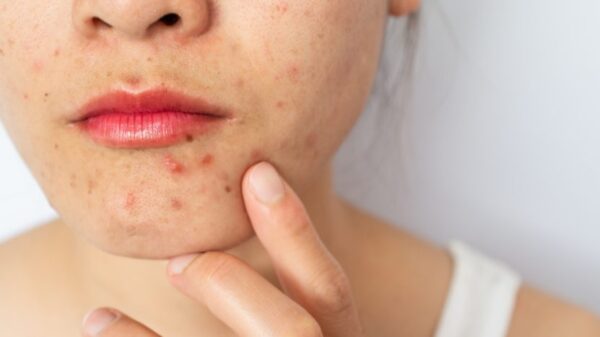Lifestyle
5 most common skin conditions and their cure

Our skin is the body’s largest organ, and it’s often the first place where signs of irritation, imbalance, or infection appear.
From itchy patches to painful breakouts, skin conditions can affect our comfort, confidence, and overall health.
Fortunately, many of the most common skin issues are treatable with the right care and guidance.
Understanding what you’re dealing with is the first step toward healing.
Below are five of the most common skin conditions people experience, along with how they are typically treated or managed.
1. Acne
Acne is a common skin condition where pores become clogged with oil, dead skin cells, and bacteria, leading to whiteheads, blackheads, or inflamed pimples. It affects people of all ages but is most common during puberty. Treatment usually includes topical medications such as benzoyl peroxide or retinoids, oral antibiotics to reduce bacteria and inflammation, and in more severe cases, oral isotretinoin. Maintaining a gentle skincare routine, avoiding greasy products, and managing stress can also help prevent breakouts.
2. Eczema (Atopic Dermatitis)
Eczema is a chronic condition characterized by dry, itchy, and inflamed skin. It often runs in families and is associated with allergies or asthma. The most effective approach involves daily use of fragrance-free moisturizers to keep the skin hydrated, topical steroid creams during flare-ups to reduce inflammation, and antihistamines to relieve itching. Identifying and avoiding triggers like harsh soaps, stress, or certain fabrics is also key to long-term control.
3. Psoriasis
Psoriasis is an autoimmune disorder where skin cells multiply too rapidly, leading to thick, scaly patches that can be red, itchy, or painful. Commonly affected areas include the elbows, knees, and scalp. Treatment includes topical therapies like corticosteroids or vitamin D analogues, light therapy using controlled UVB rays, and systemic medications such as methotrexate or newer biologic drugs that target immune system pathways. Lifestyle changes like reducing stress and avoiding smoking can also help manage symptoms.
4. Fungal infections
Fungal infections, such as ringworm, athlete’s foot, and candidiasis, occur when fungi grow on the skin, especially in warm, moist environments. These infections often appear as red, itchy, or scaly patches and can be contagious. Treatment typically involves applying antifungal creams like clotrimazole or terbinafine. In more severe or persistent cases, oral antifungal medications may be prescribed. Good hygiene, keeping affected areas dry, and wearing breathable clothing can help prevent recurrence.
5. Rosacea
Rosacea is a chronic skin condition that causes facial redness, visible blood vessels, and sometimes small, acne-like bumps. It tends to flare up due to triggers like heat, spicy foods, alcohol, and stress. While there is no permanent cure, symptoms can be controlled with topical treatments such as metronidazole or azelaic acid, oral antibiotics for inflammation, and laser therapy to reduce redness. Avoiding personal triggers and using gentle skincare products also help keep flare-ups under control.






